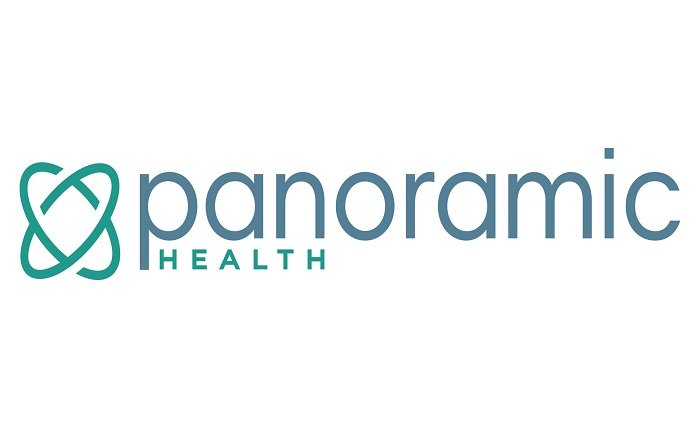Panoramic Health: Revolutionizing Patient Care with Comprehensive Strategies

Introduction
Panoramic Health represents a holistic approach to healthcare, focusing on comprehensive treatment strategies that encompass all aspects of patient wellness. This approach integrates various healthcare services to provide a complete picture of patient health, fostering better outcomes and patient experiences.
The Philosophy Behind Panoramic Health
The core philosophy of Panoramic Health is centered around the belief that healthcare should be holistic and patient-centered. This section delves into the theoretical frameworks and practical applications of a panoramic approach, highlighting how it contrasts with traditional healthcare models that often focus on treating symptoms rather than the whole person.
Technological Advancements in Panoramic Health
Technology plays a crucial role in Panoramic Health, enabling the seamless integration of various health services and data points. This part of the post explores the latest technological innovations, such as AI and machine learning, which are pivotal in analyzing comprehensive health data to provide personalized patient care.
The Role of Data Analytics in Panoramic Health
Data analytics is fundamental in the panoramic approach, providing insights that help tailor healthcare solutions to individual needs. This section explains how data is gathered, analyzed, and applied in Panoramic Health strategies to enhance decision-making and improve patient outcomes.
Panoramic Health in Chronic Disease Management
Chronic diseases require long-term, comprehensive management strategies. Panoramic Health plays a vital role in coordinating care across different specialties and services to manage chronic conditions effectively. This part discusses specific case studies and outcomes related to diseases like diabetes and hypertension.
Mental Health and Panoramic Health Approaches
Addressing mental health is an essential component of Panoramic Health. This section covers the integration of mental health services with general healthcare practices, emphasizing the importance of considering mental well-being as part of the overall health panorama.
Preventative Care Strategies in Panoramic Health
Preventative care is a cornerstone of Panoramic Health. By focusing on prevention, panoramic health models aim to reduce the incidence of serious health issues. This segment outlines the strategies and programs that have been successful in anticipating and mitigating health risks before they develop into more severe problems.
Patient Education and Engagement
Educating and engaging patients is critical to the success of Panoramic Health. This part highlights how patient education is integrated into care plans and the tools and methods used to enhance patient engagement, ultimately leading to better health literacy and outcomes.
The Economic Impact of Panoramic Health
Implementing a panoramic approach can have significant economic implications for both healthcare systems and patients. This section analyzes the cost-effectiveness of Panoramic Health, discussing potential savings and economic benefits from a macro and micro-economic perspective.
Global Case Studies of Panoramic Health Successes
Around the world, several health systems have successfully implemented panoramic health models. This part examines various international case studies, highlighting the strategies used and the outcomes achieved in different cultural and economic contexts.
Challenges and Limitations of Panoramic Health
While Panoramic Health offers numerous benefits, there are also challenges and limitations to its implementation. This section addresses the potential obstacles such as scalability, data privacy, and integration with existing healthcare infrastructures.
The Future of Panoramic Health
Looking forward, Panoramic Health is poised to play a significant role in the evolution of healthcare. This concluding section discusses upcoming trends, potential innovations, and the future direction of panoramic health models.
Conclusion
Panoramic Health represents a transformative approach to healthcare, emphasizing holistic treatment and comprehensive strategies. By integrating multiple aspects of care, it not only improves patient outcomes but also enhances the efficiency of healthcare systems. As technology and data analytics continue to evolve, Panoramic Health is expected to become increasingly prevalent, offering a blueprint for future healthcare models.
FAQs
Q1: What is Panoramic Health? A1: Panoramic Health refers to a comprehensive, integrative approach to healthcare that considers all aspects of a patient’s well-being to optimize treatment and outcomes.
Q2: How does technology influence Panoramic Health? A2: Technology is crucial in Panoramic Health for integrating diverse health data and providing insights that support personalized care plans.
Q3: Can Panoramic Health reduce healthcare costs? A3: Yes, by focusing on preventative care and holistic treatment, Panoramic Health can lead to significant cost reductions by preventing serious health issues and reducing the need for expensive interventions.
Q4: What are the main challenges of implementing Panoramic Health? A4: Challenges include integrating various health services, ensuring data privacy, and adapting existing healthcare systems to support a holistic approach.
Q5: What is the future of Panoramic Health? A5: The future of Panoramic Health is promising, with advancements in technology and an increasing focus on holistic and preventative care likely to drive its expansion and integration into mainstream healthcare.




